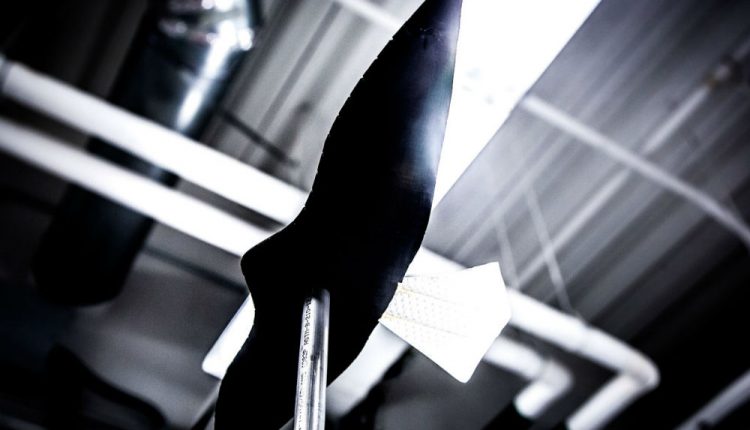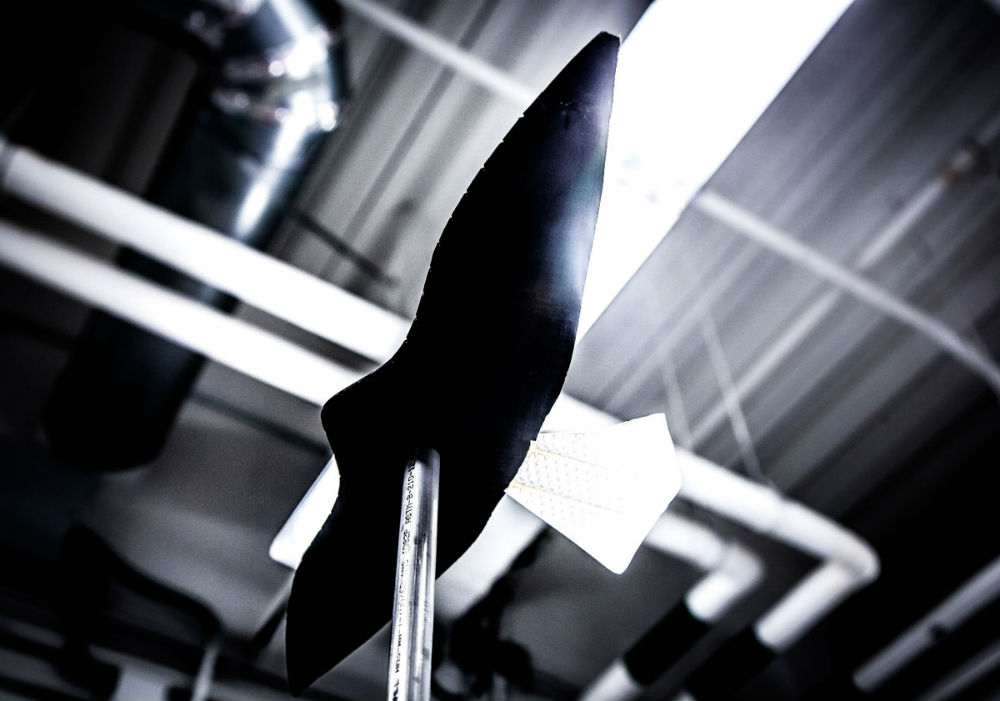
Engineers are are working toward a future of light, unmanned aircraft whose wings change shape. These planes will not only be lighter, but also faster and easier to maneuver than today’s aircraft.
In order to develop this kind of craft, an international team of engineers and biologists are studying how birds fly so efficiently.

The team, led by Daniel Inman, professor of aerospace engineering at the University of Michigan, and including researchers at Stanford and UCLA, has just received a $6 million grant from the Air Force Office of Scientific Research to produce the most detailed analysis of bird flight ever made for an aerospace engineering project.
When birds fly, they manipulate individual feathers or clusters of feathers on their wings to control their flight without wasting any energy. In contrast, today’s aircraft, with their rigid wings, rely on drag-inducing flaps and slats for control. The team will use knowledge gained from bird flight and apply it to the construction of a new kind of aircraft.
“With new materials, advanced sensing and control techniques, and inventive methods for observing birds in flight, our team will begin to bring avian efficiency and agility to aircraft,” said Inman.
In order to study bird flight, the team will use a system that measures changes in pressure in the air around the bird, instead of equipping small birds with sensors.
“It is really exciting that we can now finally study bird flight with an engineering eye,” said David Lentink, an assistant professor of mechanical engineering at Stanford University, who developed the system. “The time-resolved forces on the wings, in combination with 3D wing shape measurements at 1,000 frames per second, are key to deciphering how birds change shape to control the aerodynamic force they generate.”
As for larger birds, like eagles, the researchers will place cameras on their backs to gain close-up views of their wings as they take off, glide, and land. There will also be research conducted about birds’ muscles and how they change the shape of the wing.
The engineers will test a variety of materials that can alter the shape of the wing in response to factors such as temperature or electricity and hope to assemble structures that resemble the bone and muscle of birds via 3D printing.
Another group of engineers will work on the computer programming aspect of the project in an attempt to mimic neurons in the brain and create sensors that can be placed throughout the wings like nerves. The sensors will relay information about airflow and data back to the computer.
“A biological neural network can process signals at a speed comparable to a supercomputer while weighing only one millionth as much and consuming one millionth the power,” said Yong Chen, professor of mechanical and aerospace engineering at the UCLA.
Chen’s brain-like circuits will be able to quickly process information from the sensors and then use it to select the best wing shapes for maneuvering.
By making battery-powered aircraft more efficient and practical, the future of flight could rely less on fossil fuels.
The team will also explore whether their new wings and tail could work on small, crewed aircraft.
Watch a morphing wing tested in the Aerospace Engineering wind tunnels.
Story and video via University of Michigan.

Comments are closed, but trackbacks and pingbacks are open.